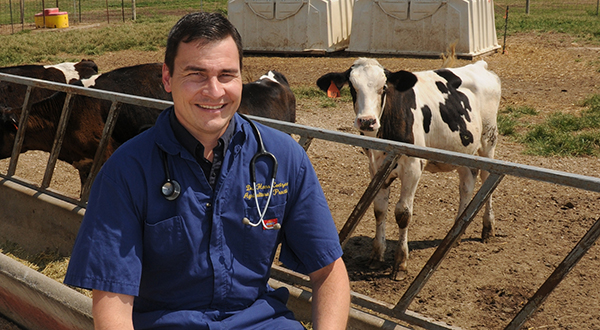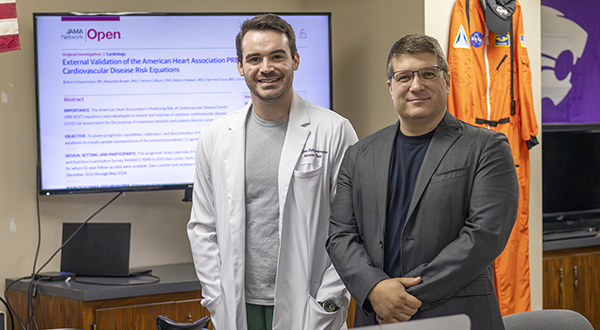Manhattan’s master mycologist — Distinguished biologist leads fungal research, education
Even though he’s a world-renowned fungal researcher, Ari Jumpponen’s greatest pride has been in the student minds he’s helped cultivate.
magine a world where you step outside and immediately find yourself waist-deep in dead plant matter. A world where there’s no penicillin. One with no bread or blue cheese, no beer, no wine and certainly no mushroom risotto.
You’re imagining a world without fungi.
Fungi are eukaryotes that include microorganisms such as yeasts, molds and mushrooms. Unlike plants, they don’t need sunlight to grow; instead, they rely on other organisms for food, just like animals.
They play a key role in the global carbon cycle: breaking down organic material and recycling nutrients back into the soil.
Ari Jumpponen, university distinguished professor and associate director of the Division of Biology in the College of Arts and Sciences, is a world-leading expert in fungal ecology. He has dedicated tens of thousands of hours to fungal exploration and education.
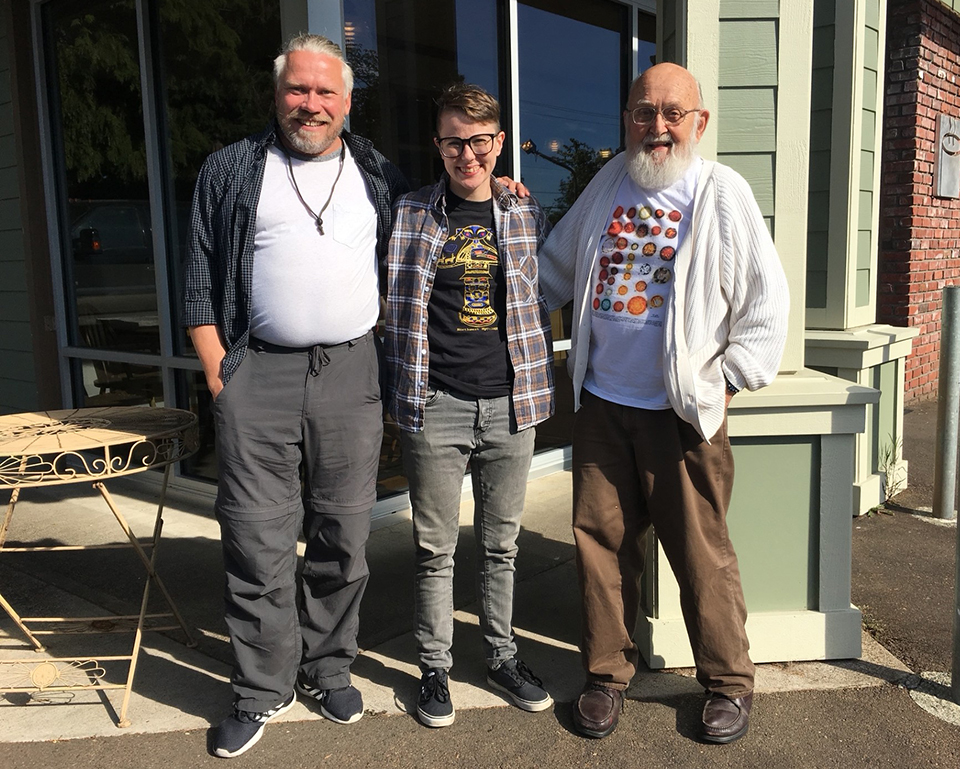
Ari Jumpponen, pictured with former doctoral advisee Sam Fox and mentor James M. Trappe, said he likes to share the story of his professional journey with students because it provides comfort for those who do not have a clear idea of what the future holds — yet. "You can plan all you want, but you need to actually make choices about opportunities that are presented to you."
Building a future in fungi
It all started with a nondescript bulletin board flyer.
For a young Finnish forestry student looking for a master’s project, the opportunity the flyer offered — to study reforestation after clearcutting in northern Sweden — was too good to pass up. A few months later, Jumpponen found himself studying conifers that would not survive without their root-colonizing fungi at the Swedish University of Agricultural Sciences in Uppsala.
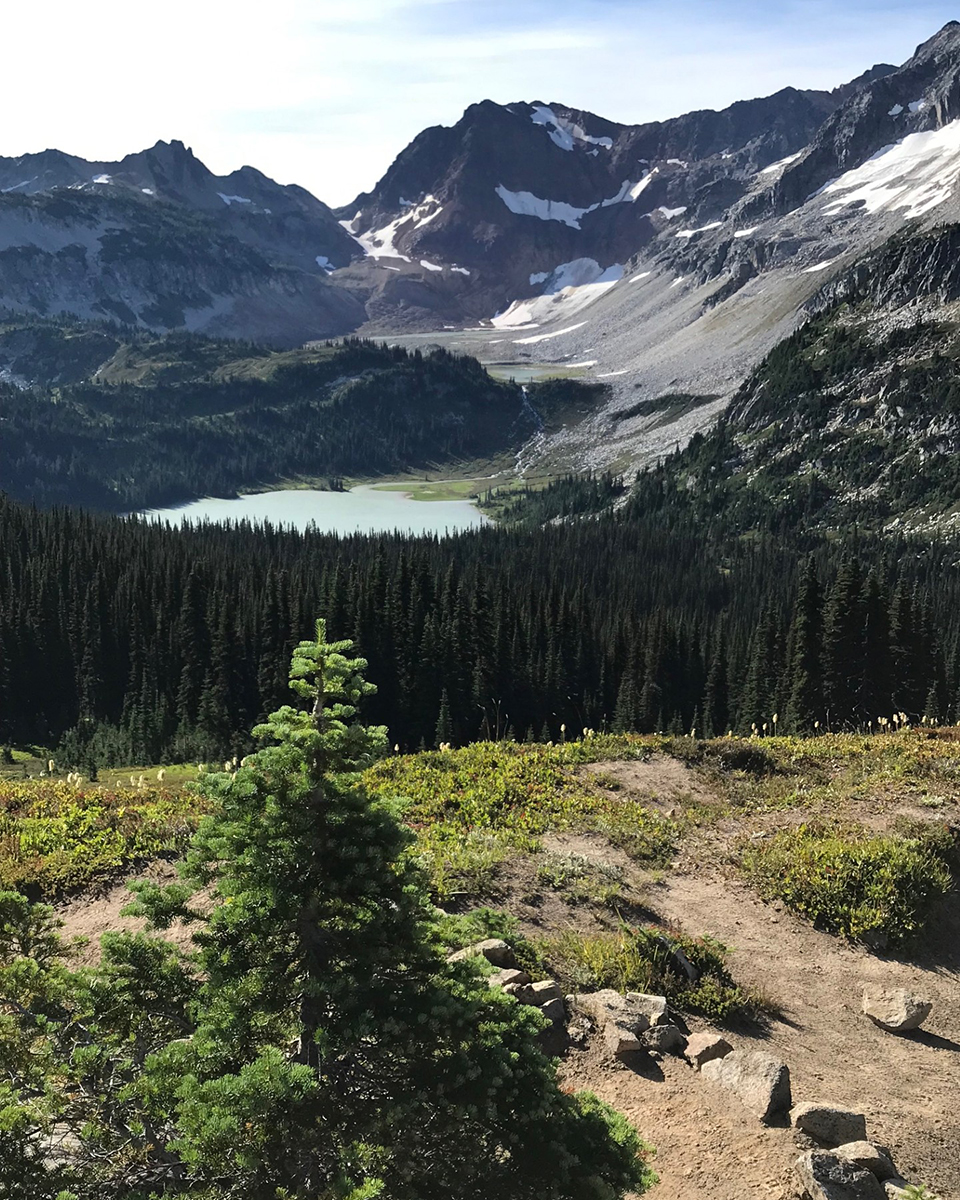
The Lyman Glacier in North Cascades National Park, Washington.
He enjoyed it so much that he decided to stay as a lab tech, until a personal invitation from James Trappe — a professor emeritus at the Forestry Sciences Laboratory in Corvallis, Oregon, who Jumponnen refers to as the ‘pope of truffles’ — led him to a doctoral program at Oregon State University.
Jumpponen went backpacking through North Cascades National Park with Trappe while pursuing his doctorate, a journey that took him through forests to the Lyman Glacier and back again.
After completing his doctoral degree, Jumpponen received an invitation to a postdoctoral program back in Sweden, near the Arctic Circle in Umeå, where he spent two years working in grassland systems as a part of a broader cross-European effort studying diversity-productivity relationships.
When he saw an open position at a Midwestern land-grant university nestled in the tallgrass prairie of the Flint Hills, he knew he was destined to become a Wildcat. Jumpponen came to K-State at the turn of the century and has been spreading spores of mycology knowledge as a biology professor ever since.
Exploring features of fungal communities
Jumpponen leads K-State’s Fungal Ecology Lab, where he and his students study fungi in natural and human-made systems to identify and understand the forces that control the composition of fungal communities.
For more than 20 years, he has been working with dark septate fungi, which colonize the roots of photosynthesizing plants.
“We’re looking at how fungi and bacteria interact with their environment and with their hosts,” he said. “For example, we explore how microbes — fungi and bacteria — enter into living environments, as well as how human activities change the fungal and bacterial communities in urban settings.”
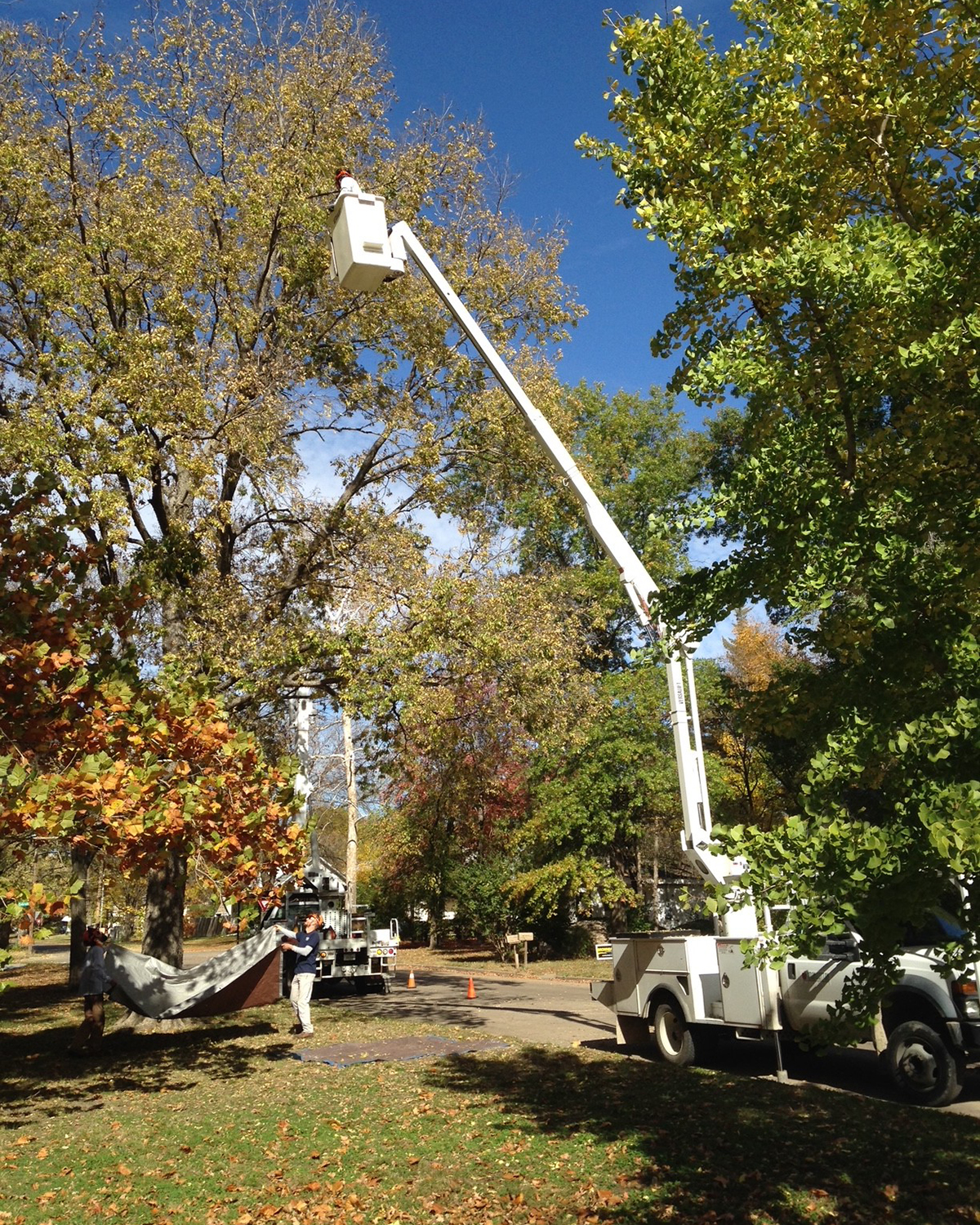
Working with the City of Manhattan forester J. David Mattox, K-State students sample leaves in one of Manhattan's parks.
In one ongoing project that includes collaboration between researchers at K-State and in China, Finland and Singapore, the scientists are examining urban and non-urban sites to see how genomic content — or what Jumpponen describes as the functional potential of the system — changes when moving from a less disturbed system into a more disturbed urban system.
They’ve found that the genes that code for heavy metal tolerance generally tend to be enriched in urban systems, as do antibiotic-resistance genes.
That’s not the only takeaway from the urban sites, though.
“Interestingly, the soil-inhabiting communities seem more similar among the urban sites than they are among the non-urban counterparts,” Jumpponen said, “which suggests human homogenization of these communities on a global scale.”
The issue, he said, is really the general loss of global biodiversity. If urban systems are more alike to each other and then the systems expand, then there is a loss of biodiversity on a global scale.
“Lesser diversity provides lesser potential ecosystem services in a changing environment,” Jumpponen said, “like a reduced reservoir of tools to apply when environmental conditions may shift.”

The final project in Ari Jumpponen's Biology of Fungi course is a presentation of all the fungi in the student's community, which can include prairie and urban settings.
Passing along passion
Jumpponen has been a key figure in the international fungal research community. He pioneered the use of high-throughput sequencing for the dissection, characterization and analysis of fungal communities in plant and soil samples.
Jumpponen’s work has been published in more than 150 scientific articles and dozens of book chapters; he’s reviewed hundreds of manuscripts, served on editorial boards and provided consulting services.In 2023 and 2024, Stanford University recognized him as among the top 2% of researchers in the world.

Student-collected fungal samples grow in petri dishes.
But success for Jumpponen is more than any award.
“My greatest contribution has been the great students I’ve had,” he said. “Being able to provide them with a place to learn, work, develop tools and skillsets and find themselves jobs — contributing to the university’s human infrastructure is what I’m proud of.”
Jumpponen teaches and advises both graduate and undergraduate students in addition to his research and leadership in the Division of Biology.
In his Biology of Fungi course, students explore the scores of spores in their homes. They start the semester by taking petri dishes home for a spore trap.
As the weeks pass, the students study, quantify and identify the growths, which can be significant during the course of a semester.
“Being able to provide students with a place to learn, work, develop tools and skillsets and find themselves jobs — contributing to the university’s human infrastructure is what I’m proud of.”
Jumpponen’s students don’t just explore fungal ecology indoors. Field trips to Spillway Park, part of Tuttle Creek State Park, are a favorite part of his classes.
Equipped with pastel Easter baskets and butter knives, the students scour the area for fungi to collect and discuss with Jumpponen. Some collections are taken back to the lab in brown paper bags so the students can see how to preserve the specimens.
“Kansas can be a tough place to collect mushrooms,” he said. “Sometimes it’s too hot, too dry, too cold. You could find virtually nothing; you never know. On a good day, after solid rains, there can be a lot of material.
“Regardless, we always find something.” ![]()
◊◊◊
Seek magazine
Seek is Kansas State University’s flagship research magazine and invites readers to “See” “K”-State’s research, scholarly and creative activities, and discoveries.

